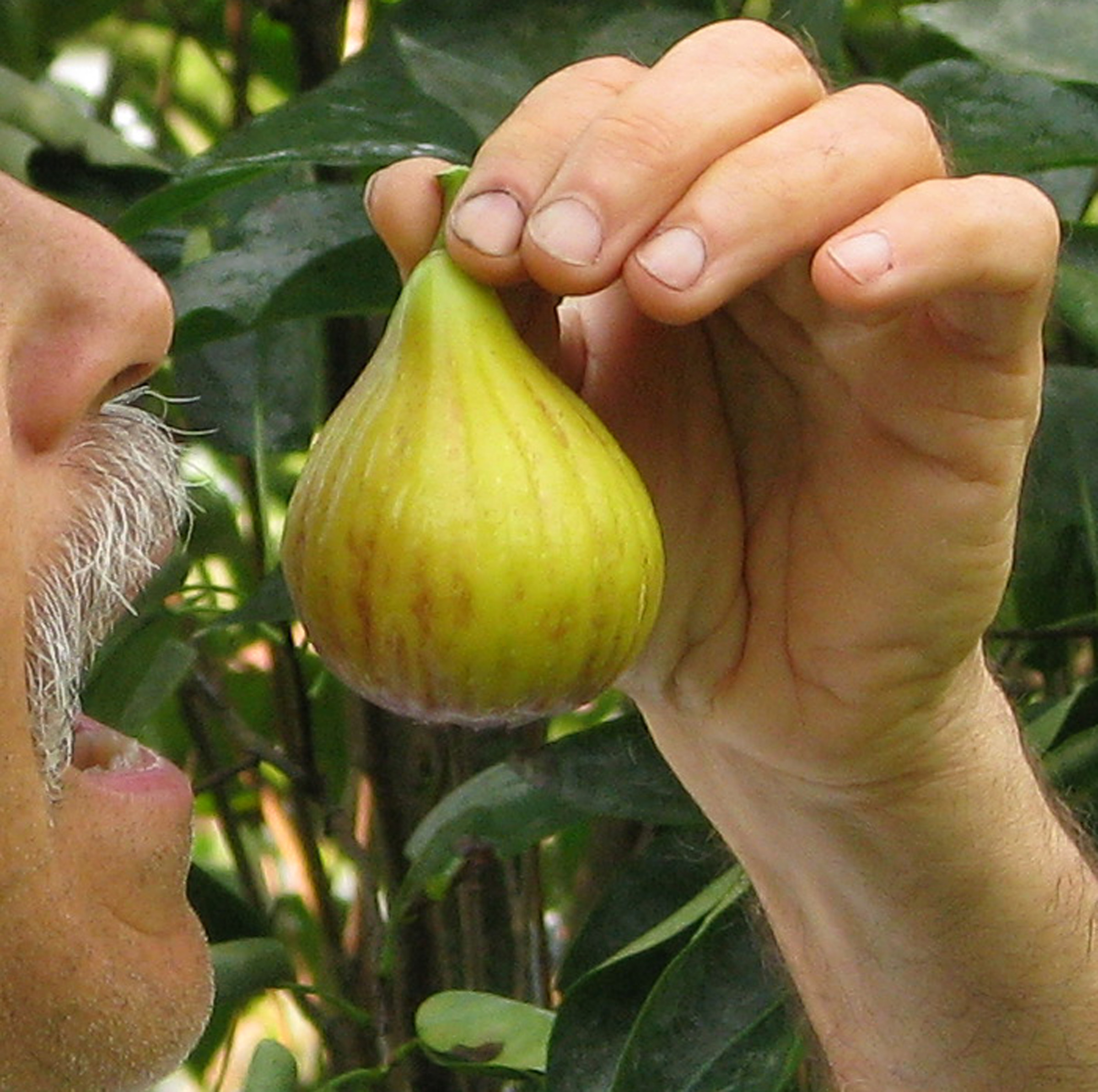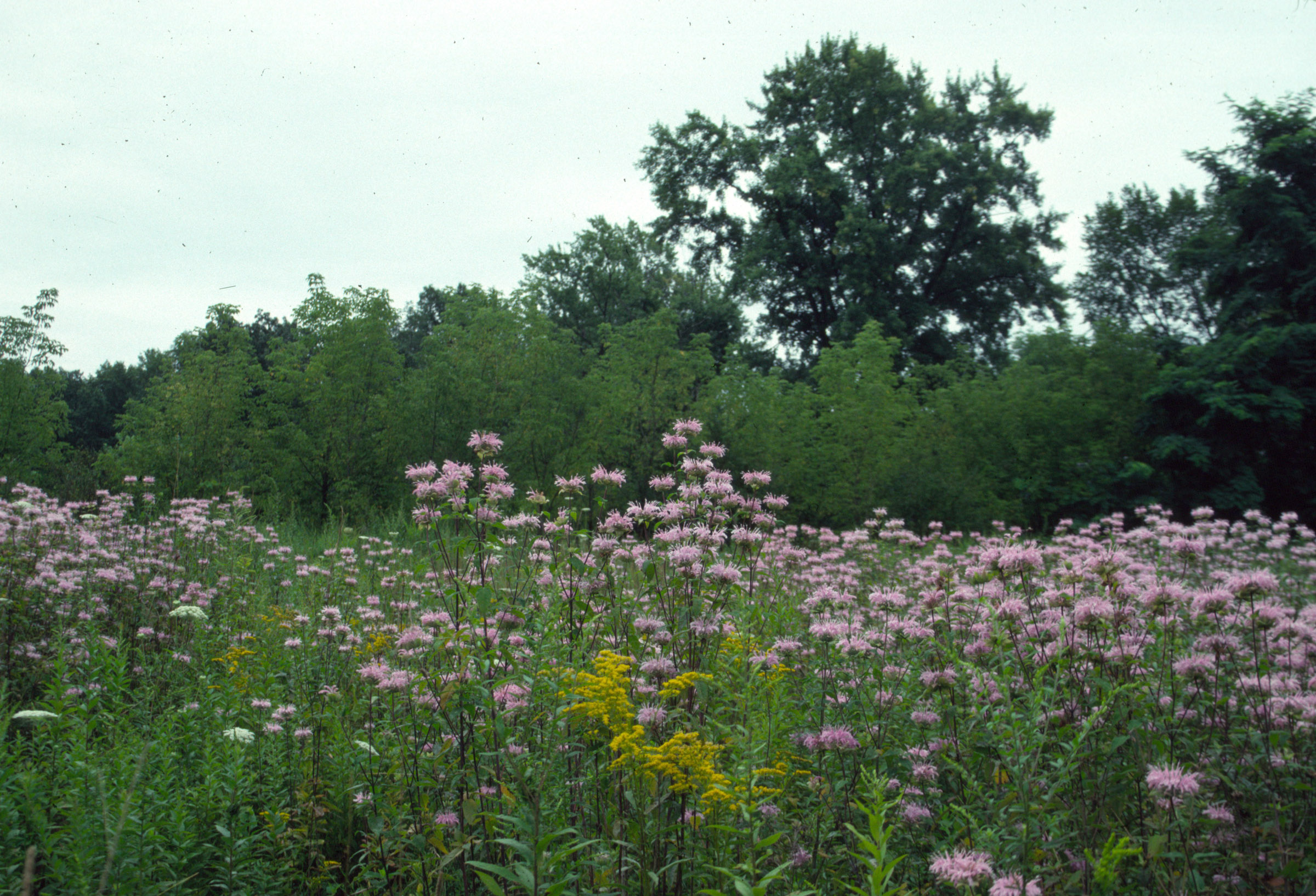FIG SEASON
/67 Comments/in Fruit/by Lee Reich(This post is adapted from my book Growing Figs in Cold Climates)
Figs for All
For cold-climate fig growers, the harvest season is upon us. (Fig growers in warmer climates have been harvesting fresh figs for weeks.) But even here in the north, the harvest could continue for weeks to come since the so-called “main crop” fig fruits keep forming and ripening as long as the weather and sunlight keeps stems growing.
Some people might say, “Why go through the trouble of caring for a fig plant when you could buy fresh figs in the market? The fragile skin and the perishability of the fresh fruit doesn’t lend itself to commercial handling, which is why commercial figs, when you do find them in the market, have been harvested while still underripe and firm.” Then the claim could be, “Just let those market fruits sit out for a few days to sweeten up.” Nix on that also. A fig fruit will not further ripen once harvested. It might soften and sweeten a bit, but what’s taking place is more incipient rot — microorganisms degrading cell walls and changing starches to sugars — than ripening.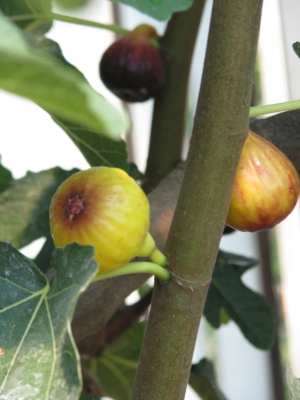
In fact, caring for a fig tree is very little trouble. Even in cold climates, where special techniques are needed for this subtropical plant. Fig plants are relatively pest-free. And, they can be grown in pots, even small ones, although the larger the pot the larger the harvest. Their main requirement is to bathe in six or more hours of daily summer sunshine. Read more
A WILD AND CULTIVATED BALM
/1 Comment/in Flowers/by Lee ReichTaming a Wild One
Bee-balm is one of those plants I once long admired in the wild and contemplated planting in my garden. Especially in midsummer when these flowers brighten the dappled shade of woodland borders and paint meadows with their pale lavender heads, perched high atop four-foot stems.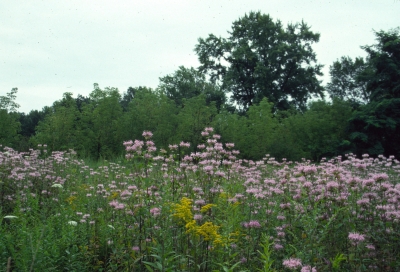
The plants’ desire to spread put me off planting them. Not that they’re an invasive plant in the general sense, but in a well managed garden they do require regular attention. Read more
THE VERY BEST TOMATOES
/4 Comments/in Vegetables/by Lee ReichVariety. Variety
If I’ve said it once, I’ve said it a thousand times, “Home grown tomatoes are NOT the best tasting ones.” Not necessarily, at least.
No, I’m not advocating tossing in your trowel and doing your tomato harvesting into a shopping cart. What I am saying is that choosing the best variety is all important to being able to bite into into the best tasting tomato. Grow an Early Girl tomato to perfection, harvest it at its peak of flavor, then take a bite out of it, and you’ll taste a good tomato. But not — in my opinion — a great tomato.
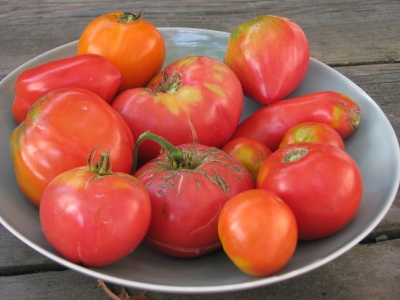
Heirloom tomatoes on plate
A tomato that has been handled carefully keeps pretty well for a couple of days, so you could actually purchase a great tasting tomato from a store or farm stand. But only if — I’ll say it again — that tomato is a great tasting variety. Read more

